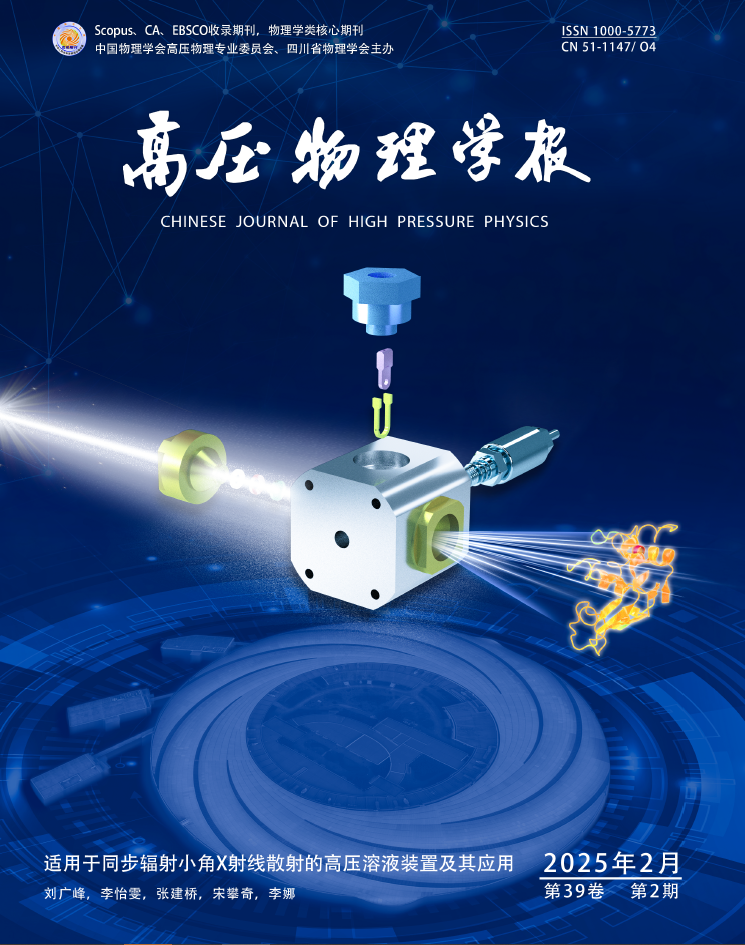2003 Vol. 17, No. 1
2003, 17(1): 1-7 .
doi: 10.11858/gywlxb.2003.01.001
Abstract:
2003, 17(1): 8-15 .
doi: 10.11858/gywlxb.2003.01.002
Abstract:
2003, 17(1): 16-21 .
doi: 10.11858/gywlxb.2003.01.003
Abstract:
2003, 17(1): 22-28 .
doi: 10.11858/gywlxb.2003.01.004
Abstract:
2003, 17(1): 29-34 .
doi: 10.11858/gywlxb.2003.01.005
Abstract:
2003, 17(1): 35-44 .
doi: 10.11858/gywlxb.2003.01.006
Abstract:
2003, 17(1): 45-49 .
doi: 10.11858/gywlxb.2003.01.007
Abstract:
2003, 17(1): 50-55 .
doi: 10.11858/gywlxb.2003.01.008
Abstract:
2003, 17(1): 56-64 .
doi: 10.11858/gywlxb.2003.01.009
Abstract:
2003, 17(1): 65-68 .
doi: 10.11858/gywlxb.2003.01.010
Abstract:
2003, 17(1): 69-74 .
doi: 10.11858/gywlxb.2003.01.011
Abstract:
2003, 17(1): 75-80 .
doi: 10.11858/gywlxb.2003.01.012
Abstract:




 PDF
PDF  Cited by
Cited by










